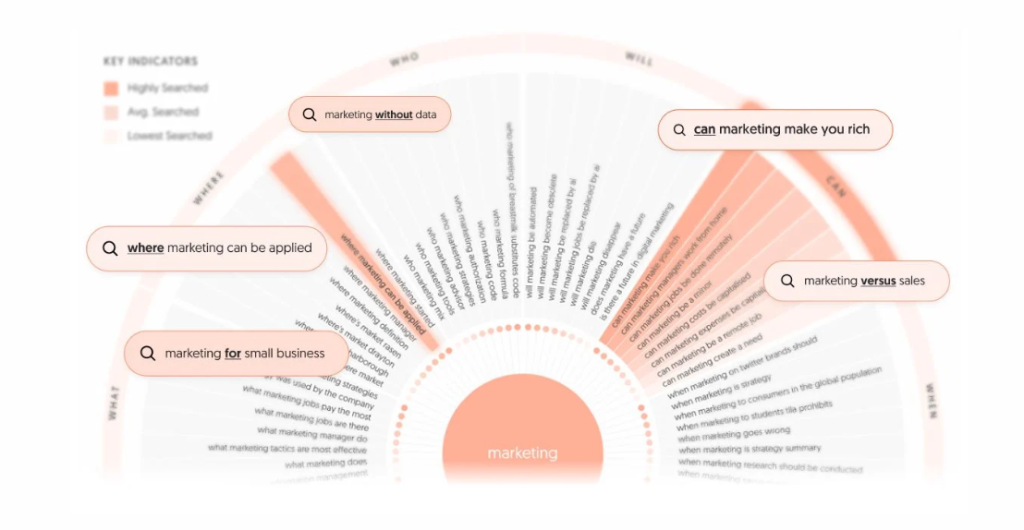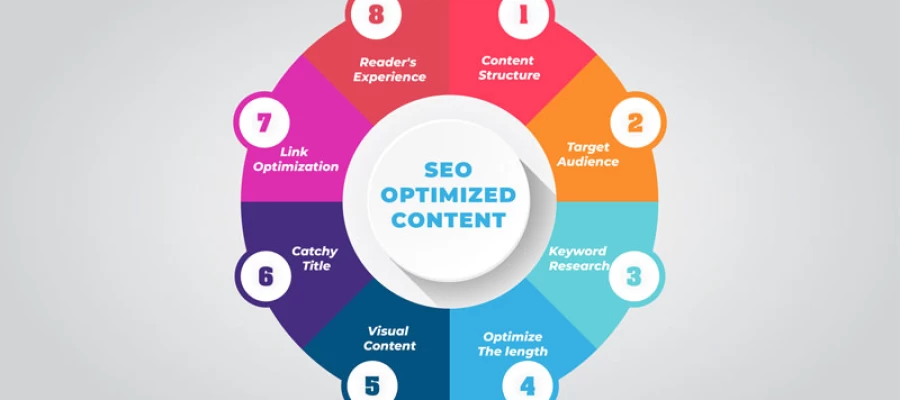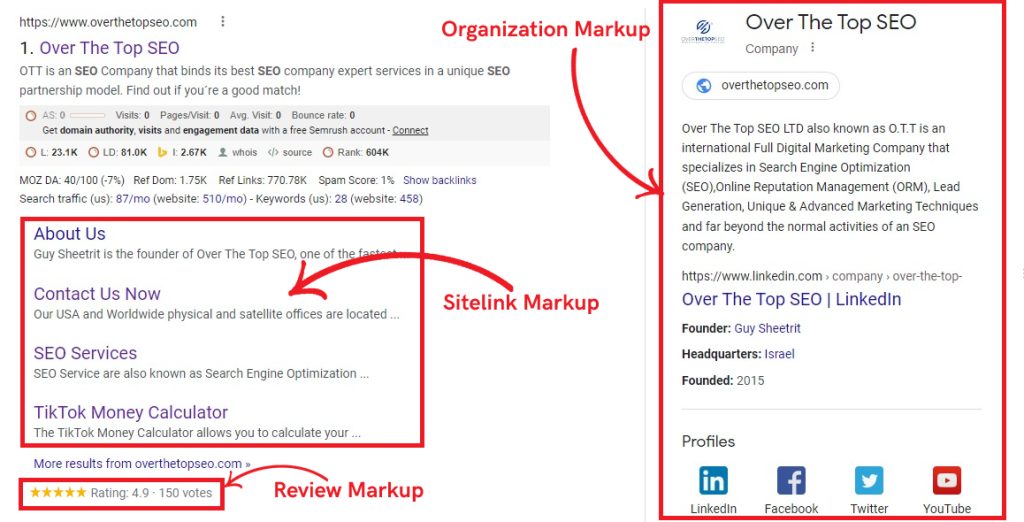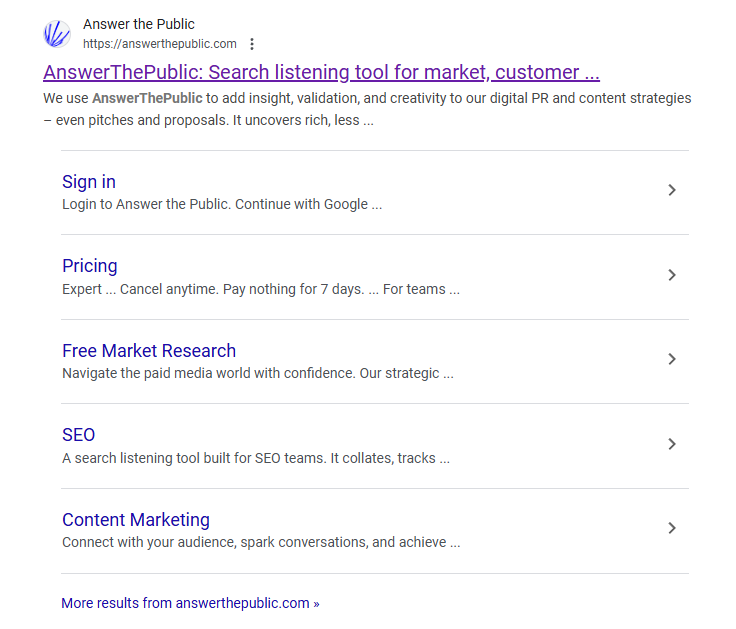AgentOps helps developers see inside their AI agents by logging every prompt, action, and cost. This review explains how it works, its features, setup, and why it’s becoming the go-to debugging tool for AI developers.
How to Rank for the People Also Ask Section (PAA)

How to Rank for the People Also Ask Section: Optimizing your content for Google's "People Also Ask" (PAA) feature can significantly boost your website's visibility and organic traffic. According to recent studies, PAA boxes appear in approximately 70% of desktop search results, making them a crucial element of modern SEO strategies.
PAA Value Proposition

How Many Visitors...
People Also Ask (PAA) boxes offer significant value for SEO and user engagement. They provide instant visibility, often appearing above top organic results and increasing the chances of users seeing your content 1. PAA boxes offer multiple ranking opportunities, as a single piece of content can appear in various PAA sections for different search queries 2.
This feature boosts credibility, as inclusion in PAA boxes signals that Google considers your content authoritative and relevant 3 4.
PAA boxes also enhance user engagement. When users interact with a PAA question, it expands to reveal the answer and generates new related questions, encouraging further exploration 1 5.
This dynamic nature increases the likelihood of users clicking through to your website for more detailed information, potentially improving your click-through rates and overall organic traffic 5 2. By optimizing for PAA, you can significantly increase your content's visibility and establish your brand as a trusted source of information in your niche.
Google's PAA Selection Criteria

Google's PAA &...
Google selects PAA answers based on several key factors. The search engine prioritizes concise, direct responses, typically between 40-60 words, that provide clear and accurate information 1. Structured, easy-to-read formatting is crucial, with Google favoring content that uses headings, bullet points, and short paragraphs 2. Answers must align closely with the user's search intent, addressing the specific question at hand 3.
Implementing FAQ and structured data markup significantly increases the chances of being featured in PAA boxes 4 5. This helps Google better understand and interpret the content, making it more likely to be selected as a relevant answer. Additionally, Google considers factors such as content popularity, user engagement, and the diversity of information provided when choosing PAA answers 3.
Step 1: Perform In-Depth Question Research

To effectively rank for People Also Ask (PAA) sections, structure your content around question-based queries and provide direct answers. Start with a concise response, then elaborate with more details. For example:
Q: How long does it take to lose weight?
A: On average, safe weight loss occurs at 1-2 pounds per week, depending on diet, exercise, and metabolism.
Follow this format to address user queries efficiently. Use headers (H2 and H3) to incorporate question keywords, increasing your chances of appearing in featured snippets and voice search results. Additionally, consider creating dedicated FAQ pages or blog posts for specific questions, allowing you to provide comprehensive answers that appeal to both users and search engines.
Step 2: Write Content That Answers Questions Directly

How to Ensure Your...
To optimize your content for both Google and human readers, structure it effectively using H2 and H3 headings for questions 1 2. This hierarchical organization helps search engines understand your content's structure and improves user experience 3. Keep paragraphs short and concise, ideally under 3-4 sentences, to enhance readability and engagement 4.
Incorporate bullet points and lists to break up text and highlight key information 5 6. This formatting technique:
- Improves scannability
- Increases content retention
- Enhances overall user experience
- Helps search engines identify important points
Remember, a well-structured page with clear headings, short paragraphs, and strategic use of bullet points not only appeals to readers but also increases the likelihood of ranking in Google's People Also Ask section 7 8.
Step 3: Structure Your Content for Google (and Humans)

How Schema Markup...
Implementing schema markup is crucial for optimizing your content for People Also Ask (PAA) boxes. Use FAQ and Q&A schema to help Google better understand and interpret your content, increasing the likelihood of appearing in PAA results 1 2.
To implement schema markup effectively:
- Use JSON-LD format for easy implementation and maintenance 3
- Focus on FAQ schema for frequently asked questions and Q&A schema for specific question-answer pairs 4
- Ensure your schema includes required properties like "name" for questions and "text" for answers 4
- Validate your schema using tools like Google's Rich Results Testing Tool or Schema Markup Validator 5
- Consider using schema markup generators or plugins if you're not comfortable writing code 6
By properly implementing schema markup, you enhance your content's visibility and improve its chances of being featured in PAA boxes, ultimately driving more organic traffic to your site7.
Step 4: Implement Schema Markup

Mobile optimization is crucial for ranking in People Also Ask (PAA) sections, as these results often appear first in mobile searches. To improve your chances of appearing in PAA boxes, focus on mobile-friendly design and fast loading speeds. Use responsive design to ensure your website adapts to various screen sizes, and keep content concise for easy scanning on smaller devices 1 2.
Aim for a maximum load time of three seconds on mobile devices to prevent high bounce rates and improve search engine rankings 3. Implement mobile server caching, minimize HTTP requests, and optimize images and fonts for mobile viewing 2 4.

Regularly test your site's mobile performance using tools like GTmetrix and Google's Mobile-Friendly Test, and avoid using pop-ups that can negatively impact user experience and SEO 5 6. By prioritizing mobile optimization, you'll not only improve your chances of appearing in PAA results but also enhance overall user satisfaction and engagement.
Step 5: Optimize for Mobile (Because Everyone Googles on Their Phone)

Mobile SEO Best...
When optimizing for People Also Ask (PAA) sections, avoid these common pitfalls:
- Overcomplicating answers: Keep responses concise and to the point. Google favors direct, easily digestible answers for PAA boxes.
- Ignoring search intent: Focus on addressing the user's actual query rather than tangential information.
- Neglecting structured data: Implement FAQ and Q&A schema to help Google understand your content better.
- Overlooking mobile optimization: Ensure your site is mobile-friendly, as over half of web traffic comes from mobile devices.
- Letting content grow stale: Regularly update your content to maintain relevance and improve rankings.
- Keyword stuffing: Write naturally for users, not search engines. Forced keywords can harm readability and SEO performance.
By steering clear of these mistakes, you'll improve your chances of ranking in PAA sections and provide a better user experience overall.
Common Mistakes to Avoid
Ranking in People Also Ask (PAA) boxes requires a strategic approach that combines thorough research, structured content, and technical optimization. To maximize your chances of success, focus on creating high-quality, concise answers that directly address user queries 1. Implement FAQ schema markup to help search engines understand your content better and increase your visibility in PAA results 2.
Continuously monitor and adjust your content based on performance data and changing search trends 3. Keep your website mobile-friendly, as PAA results are more prevalent in mobile searches 4 5. By consistently applying these strategies and avoiding common pitfalls like keyword stuffing or overcomplicating answers, you'll improve your odds of securing valuable PAA positions and driving more organic traffic to your site 6.
Conclusion
Digital Marketing...
Optimizing for People Also Ask (PAA) boxes is a powerful strategy to enhance your website's visibility and drive organic traffic. By focusing on concise, direct answers to user queries and implementing structured data markup, you can significantly increase your chances of appearing in PAA results 1 2. Remember to keep your content mobile-friendly, as PAA features are more prevalent in mobile searches 3. Regularly update your content to maintain relevance and monitor performance using tools like Google Search Console 4.
To maximize your PAA optimization efforts:
- Conduct thorough keyword research to identify relevant questions
- Structure your content with clear headings and bullet points for easy readability
- Implement FAQ and Q&A schema markup to help Google understand your content
- Focus on user intent and provide valuable, accurate information
- Continuously refine your strategy based on performance data and evolving search trends
By consistently applying these techniques and avoiding common pitfalls like keyword stuffing or neglecting mobile optimization, you'll improve your chances of securing valuable PAA positions and establishing your brand as an authoritative source in your niche 5 6.

